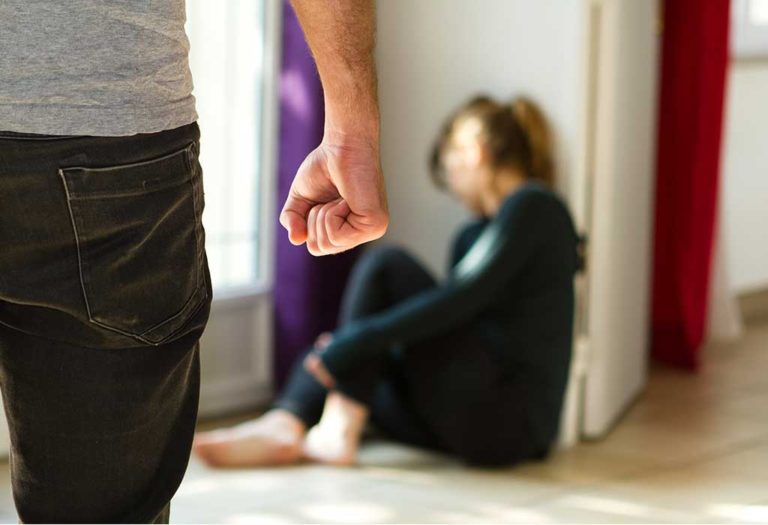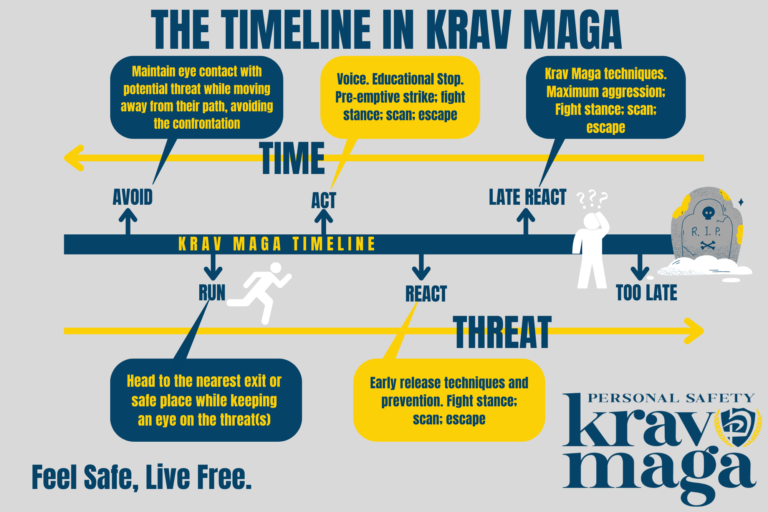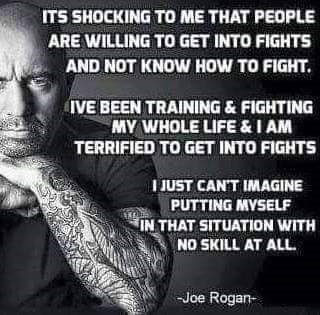Krav Maga is unique in the self-defense world as it is not a technical system so much as a principle-based system.
What does that mean?
What it means is that throughout your training, you will learn fundamentals of motion, principles of combat and rules of engagement, all of which will guide you in your strategy when confronted by an attacker.
Traditional martial arts are usually steeped in learning countless techniques typically organized by rank, name or numbering convention. These techniques are learned sequentially and are drilled and tested under mild noncompliance. It is through successful regurgitation of these techniques in testing that a promotion in belt rank occurs. The problem with this methodology, of course, is being able to recall any of these techniques while dealing with stress and duress of attacks during non training conditions. Even for the highest ranks of the system, that can be a very tall order.
Krav Maga, instead, teaches principles and strategies through various techniques that showcase the “why”. Rather than trying to sequentially remember a technique, objectives are identified and specific tactics are highlighted to quickly accomplish the task at hand. As it like to tell my students, “ When you understand a technique, you learn the technique. Will you understand a principle, however, you learned 100 techniques”
Imi famously said, “You do not change to fit Krav Maga, Krav Maga changes to fit you”. As a result of this overriding philosophy, each student of Krav Maga ultimately hones different weaponry and has different preferred strategies based upon their age, size, ability and terrain. Indeed, I am physically larger and longer than my instructor, Alan Feldman. While Alan would have certain techniques that he preferred, he ultimately acknowledged that my wingspan and strength gave me opportunities that he didn’t easily possess. Therefore, our answers to many of the same violent scenarios were different.
The point of training is not just learn as much of the system as you can, but to also learn what your body and mind prefer as weapons and tools. A good instructor will review a student’s progress and identify for them what their best tools and moves are. It is crucial to know your strengths and weaknesses when confronted by an attacker.
Learning a technique does not make one a master of it. Mastery comes with a combination of practice and preference. The more natural a movement pattern becomes, the more effective it becomes in battle.
As an instructor, my goal for all of my students is that self-defense become less prescriptive and more instinctive.
Remember, your instructor will not be next to you when you are attacked. You’ll have nobody standing to the side telling you what to do or where to move. Effective self-defense comes from knowing those techniques and strikes that not only solve the problem, but naturally flow from your body.




